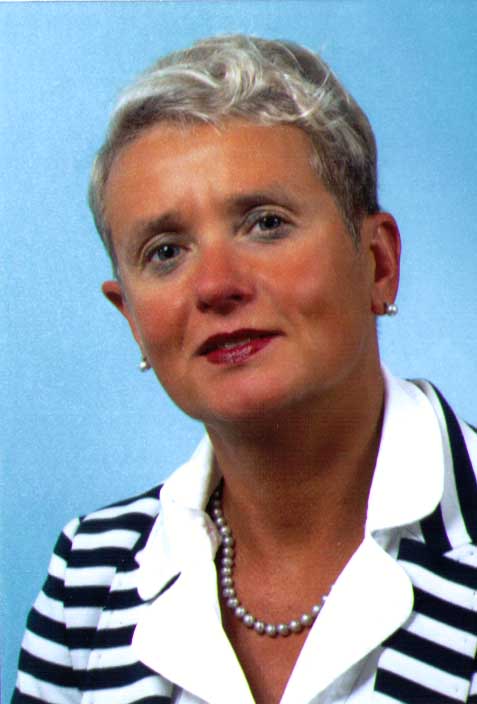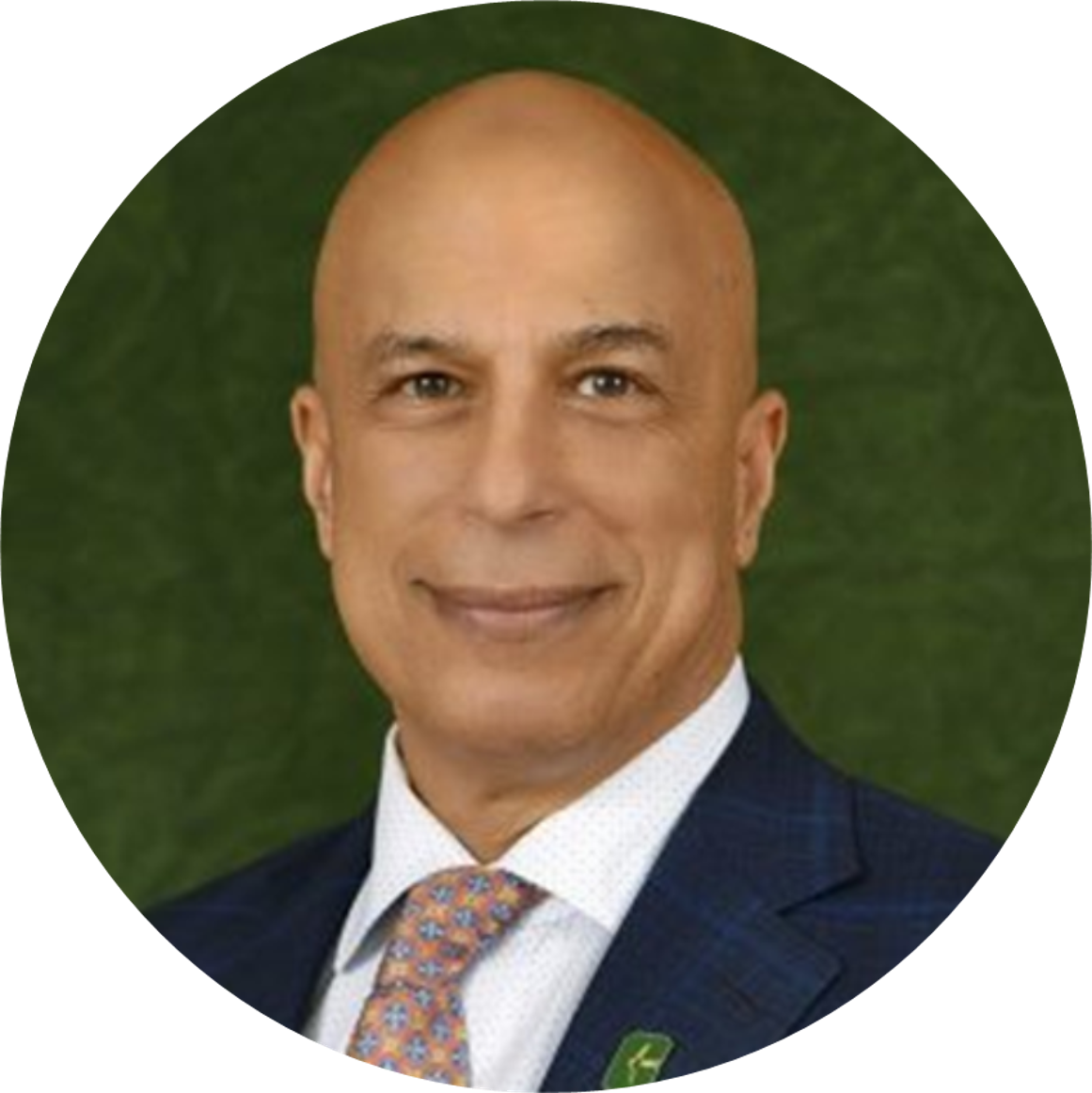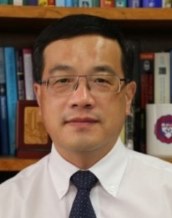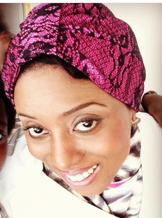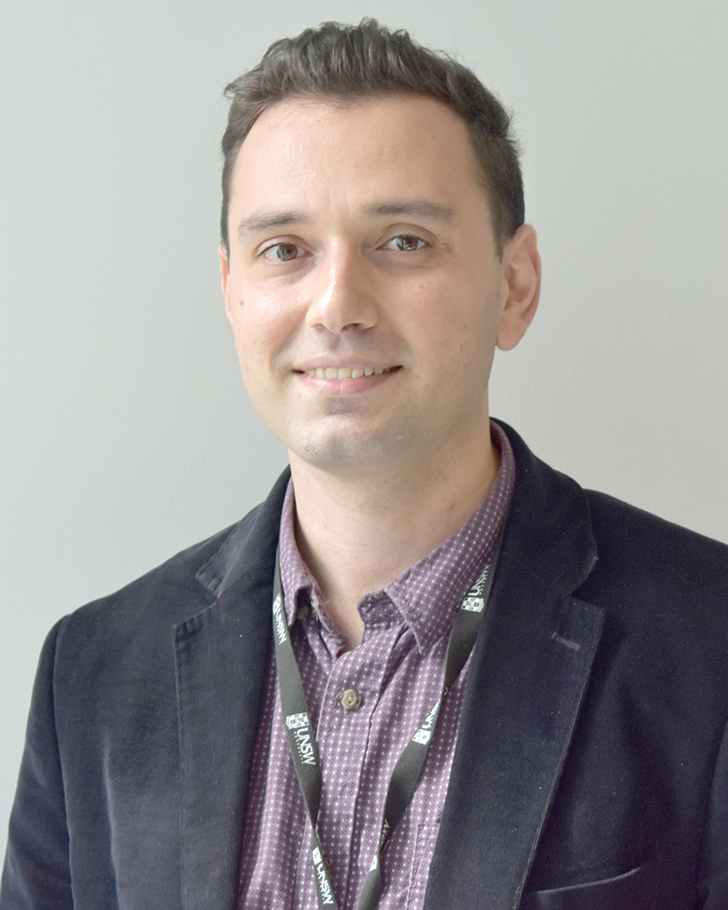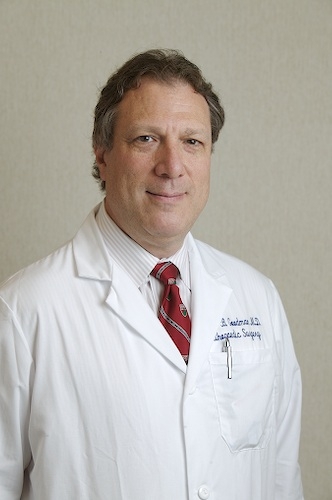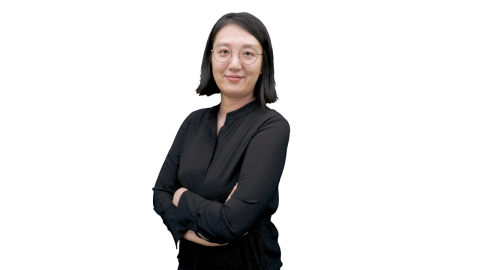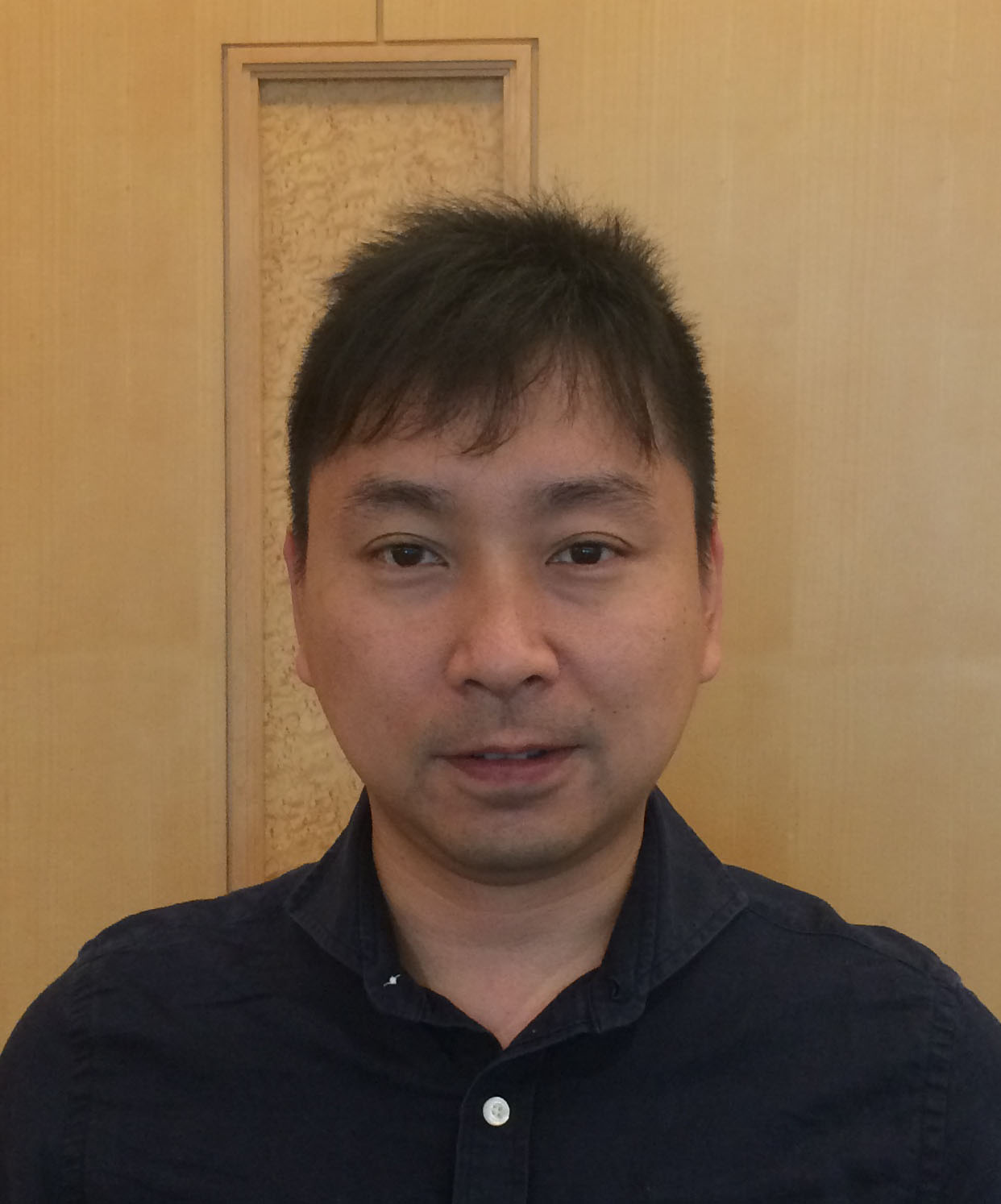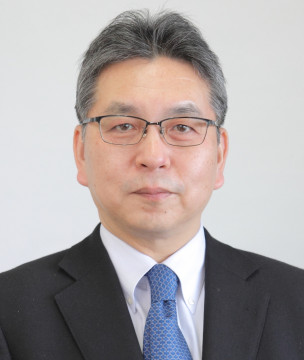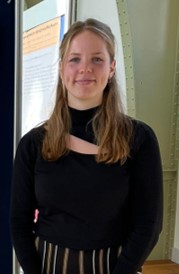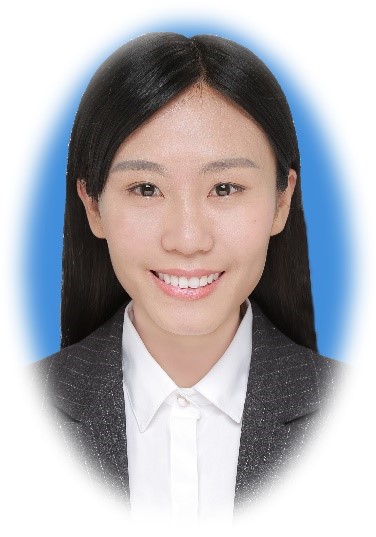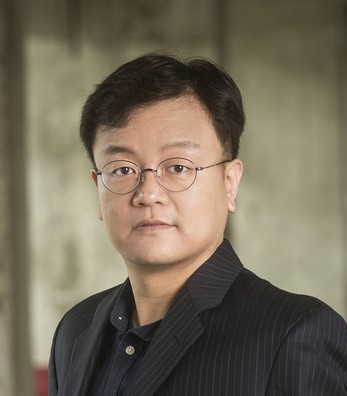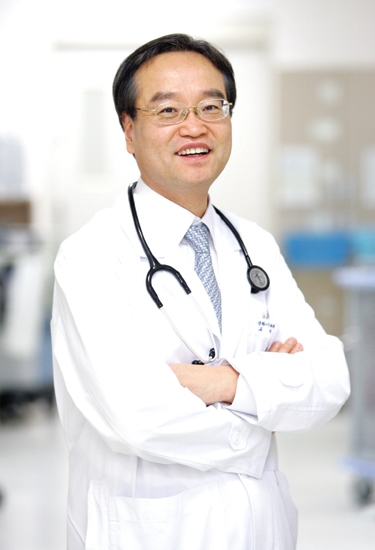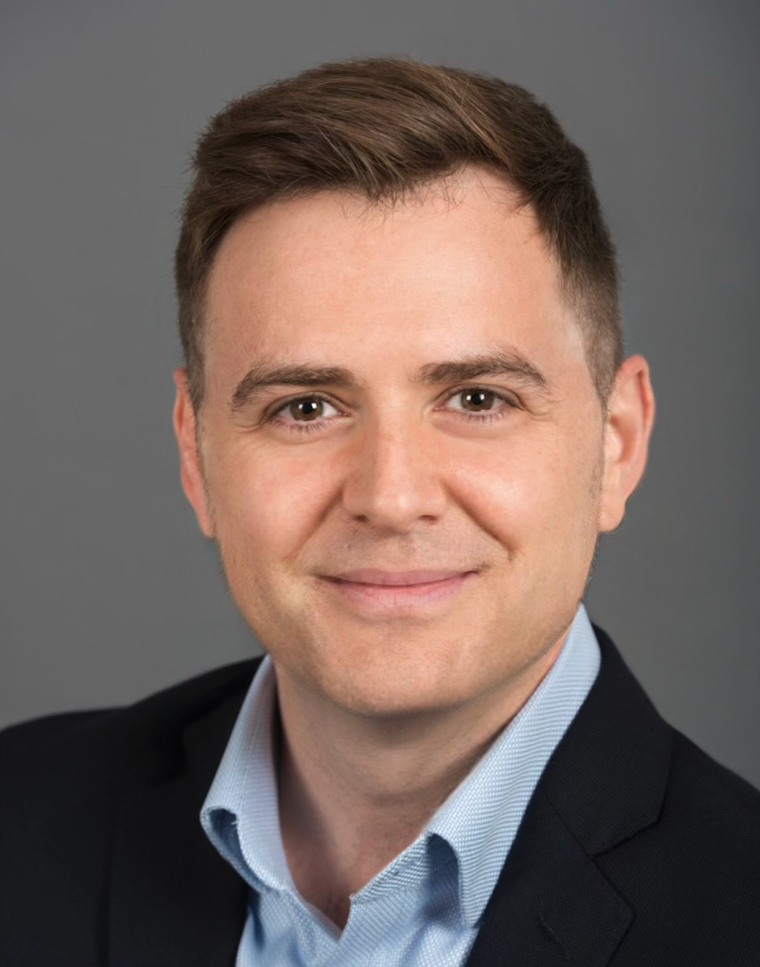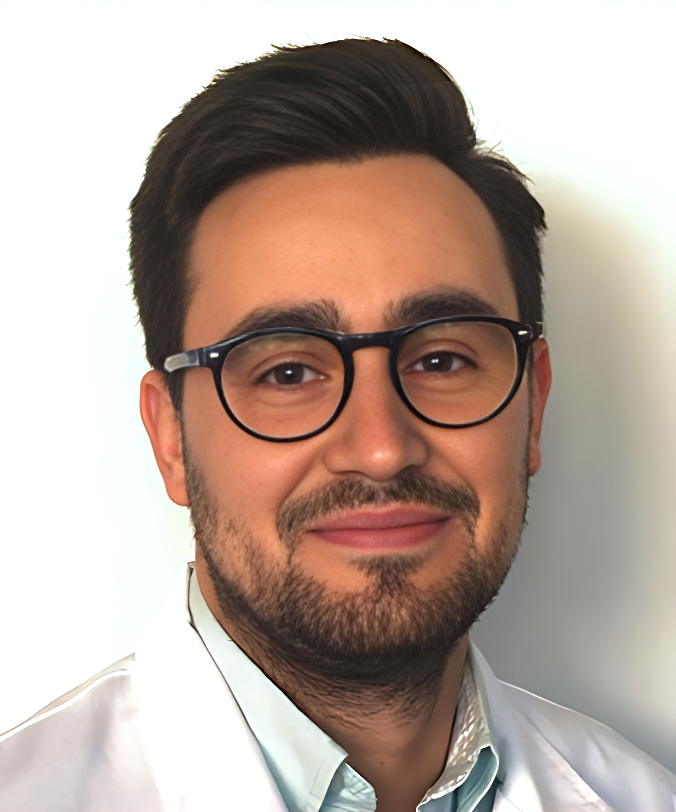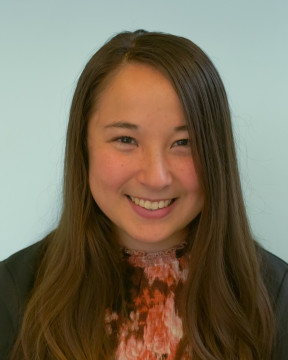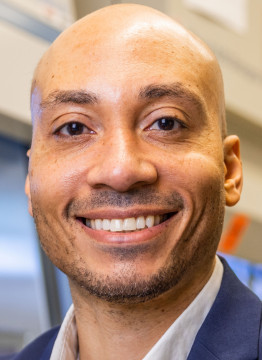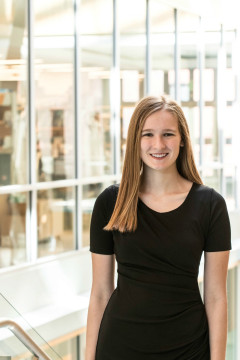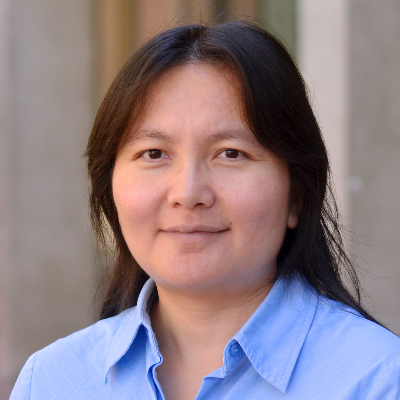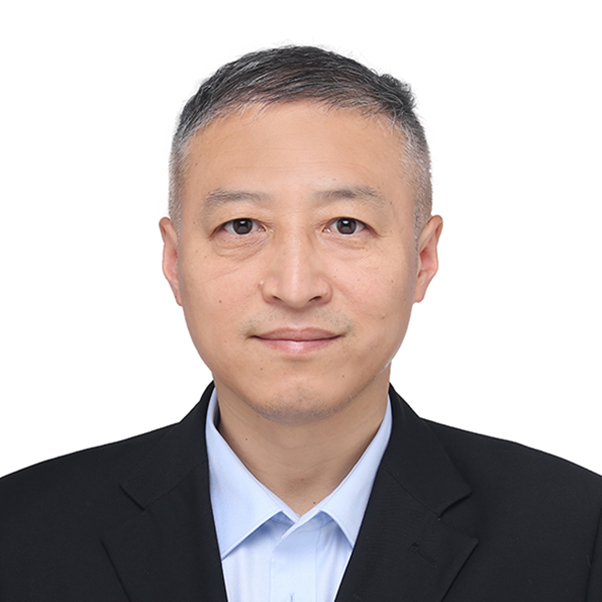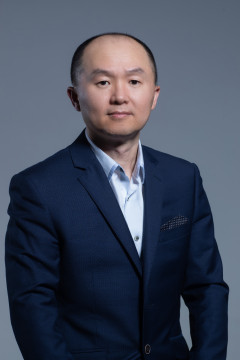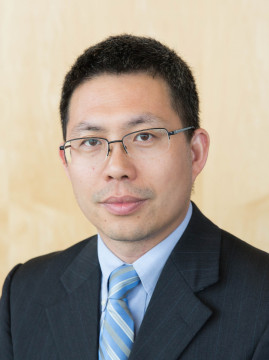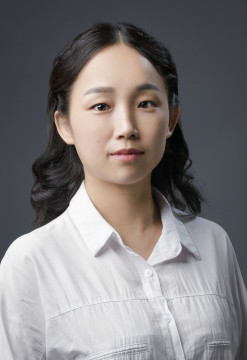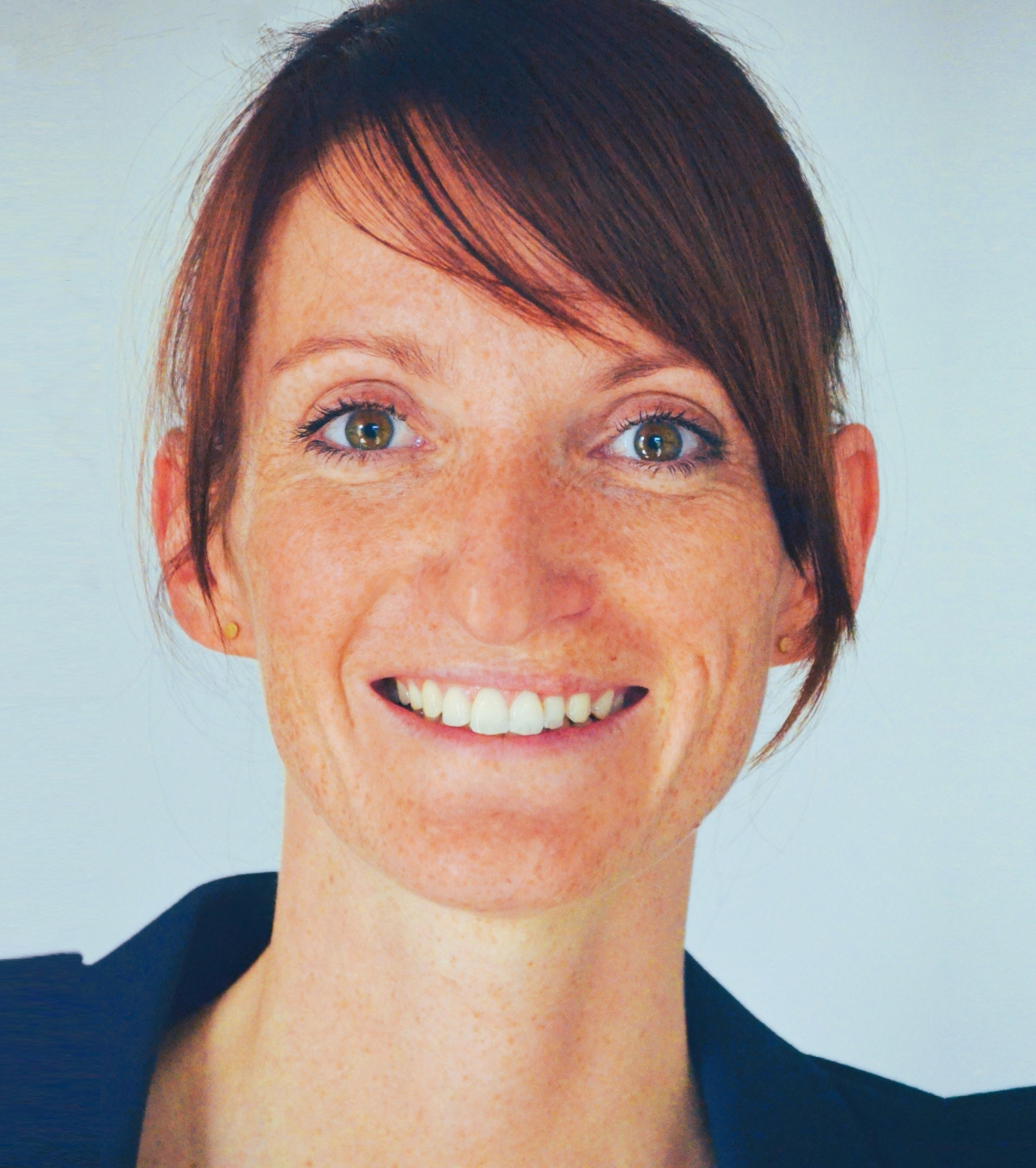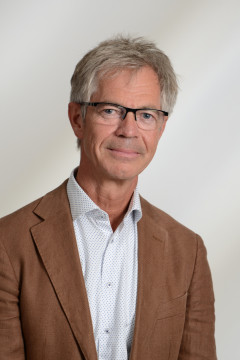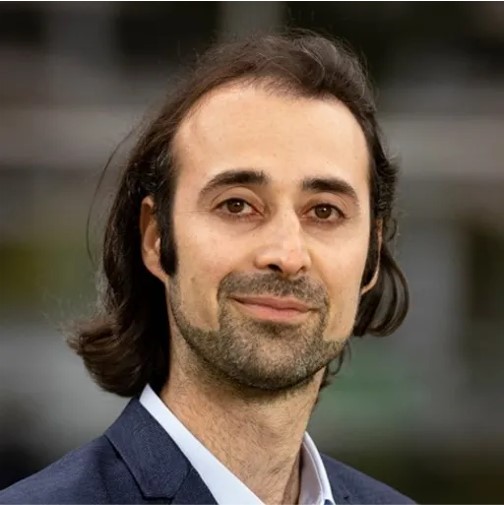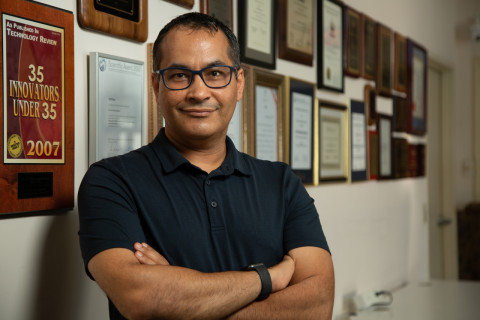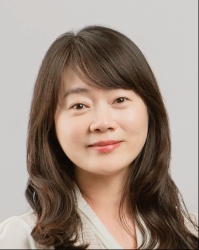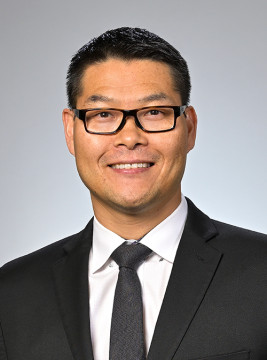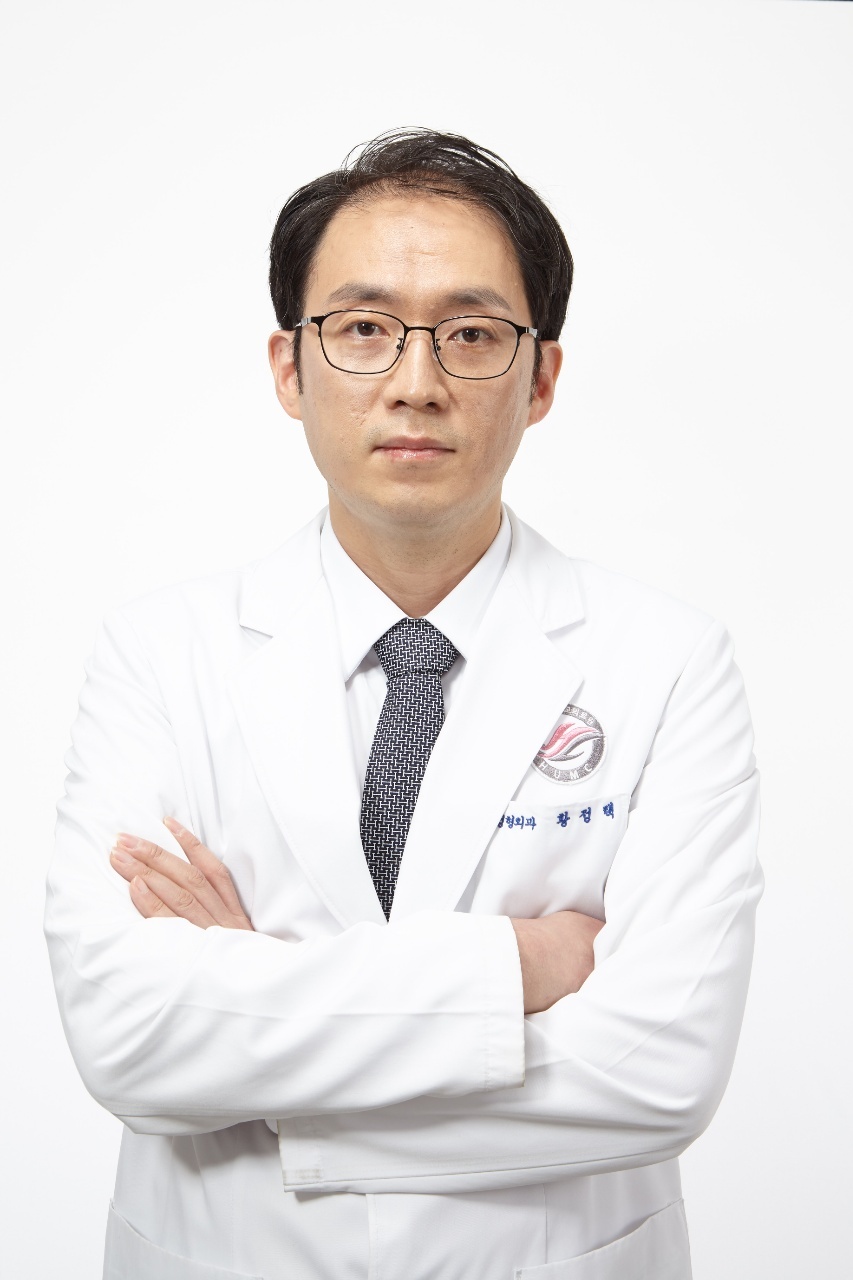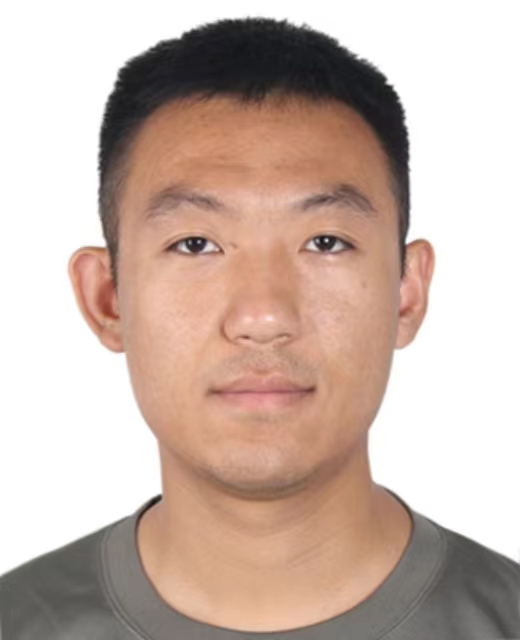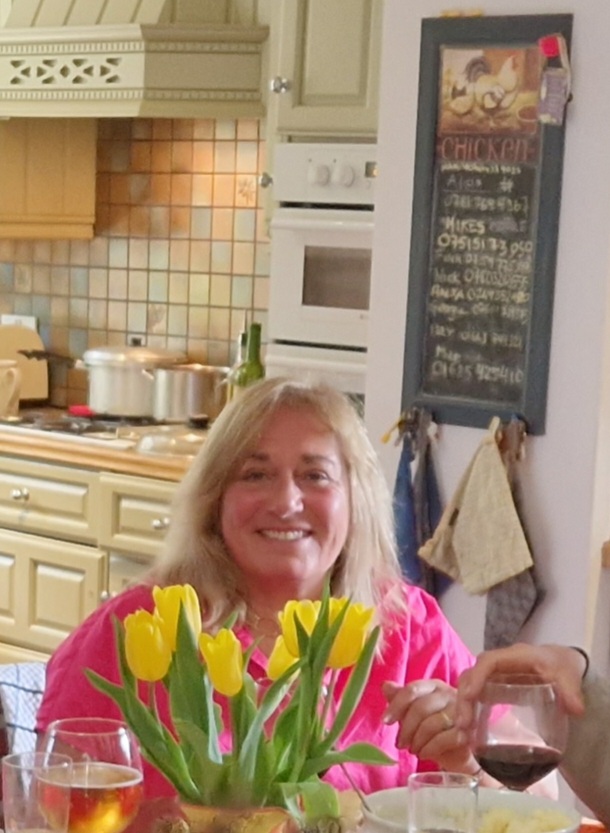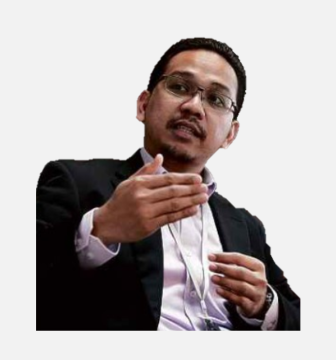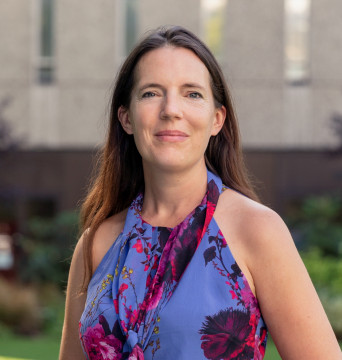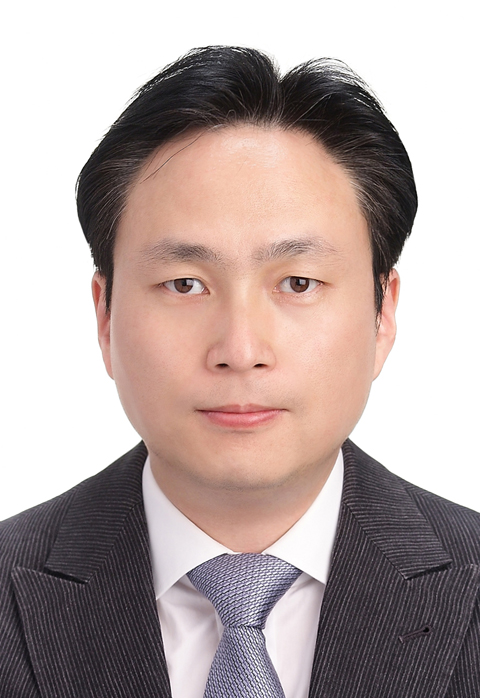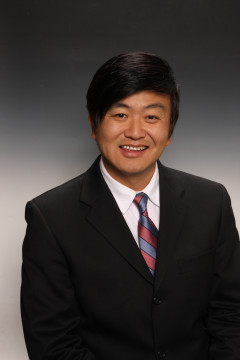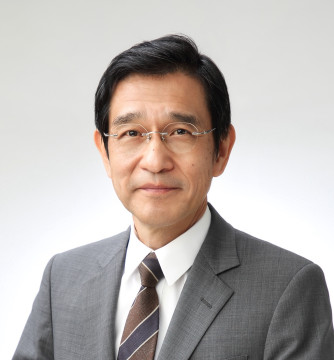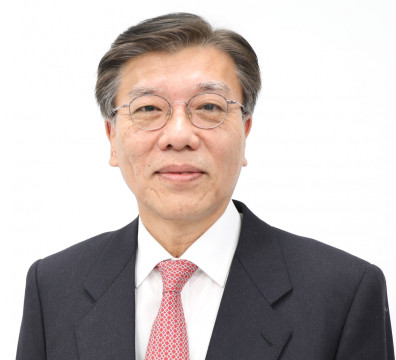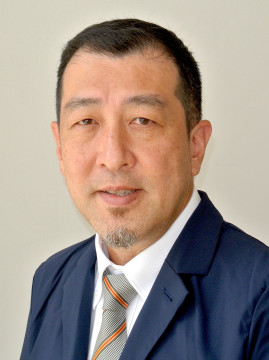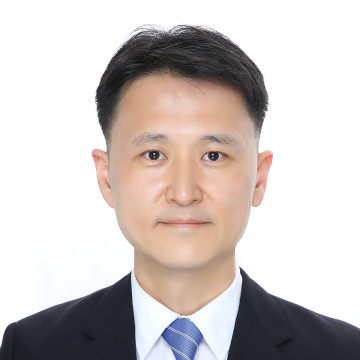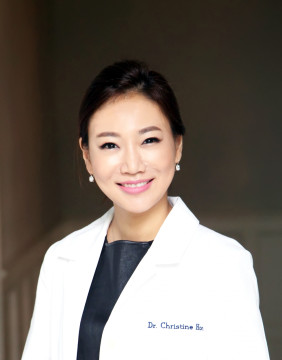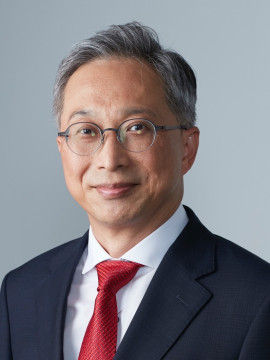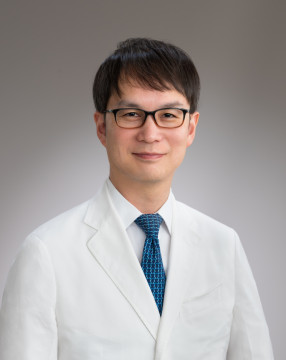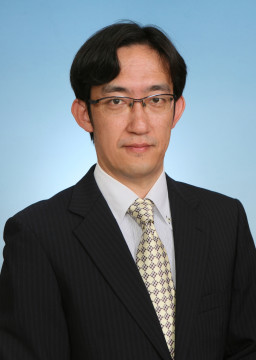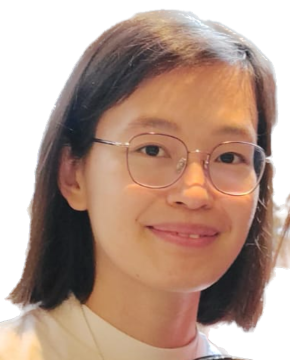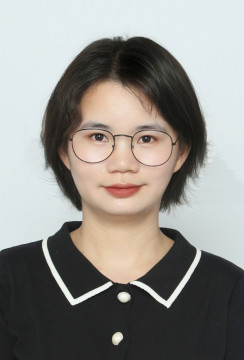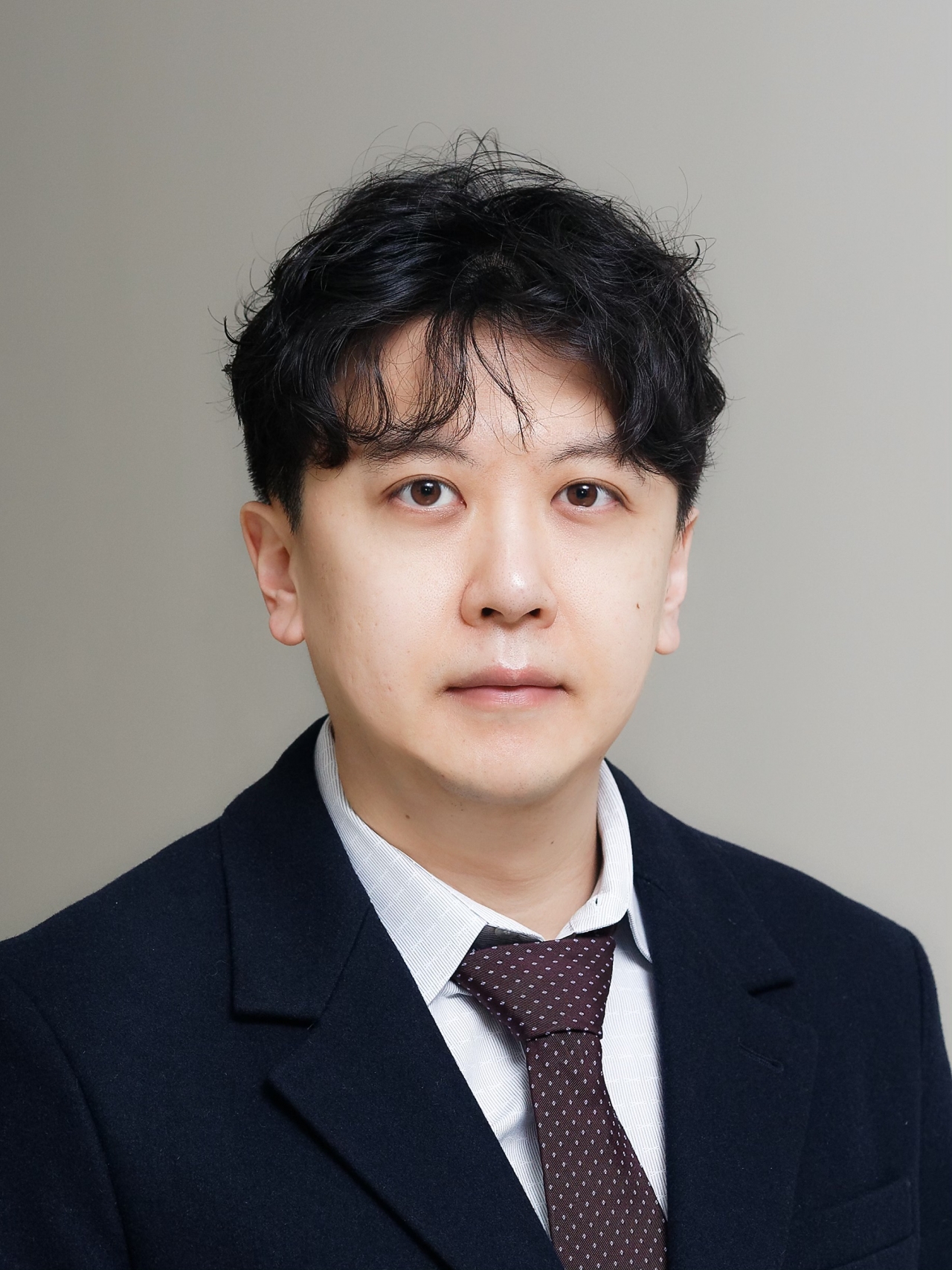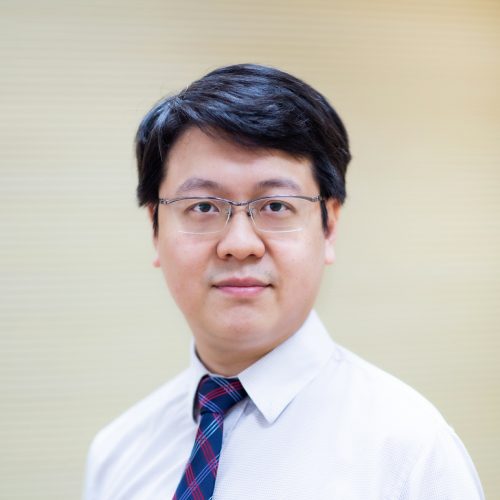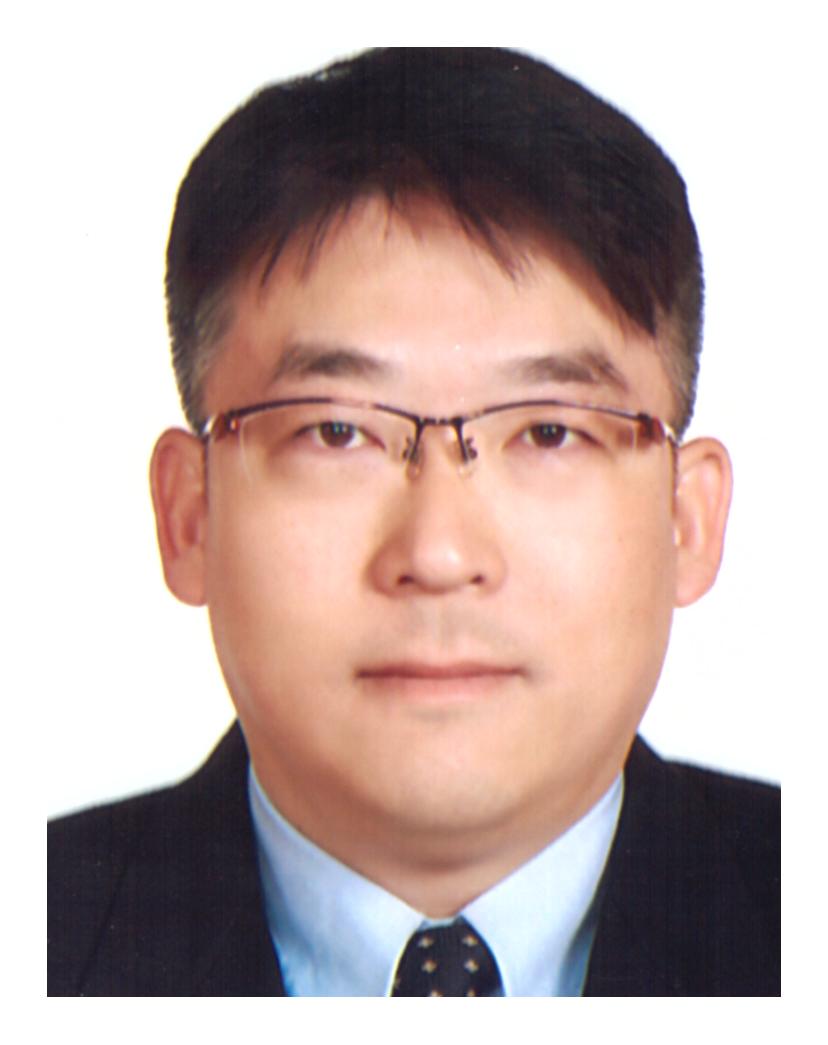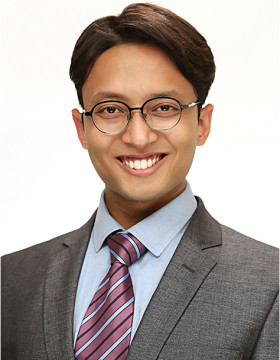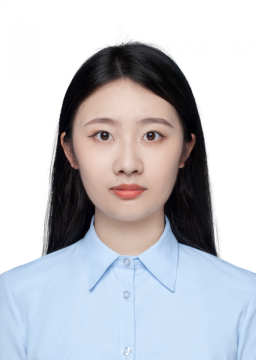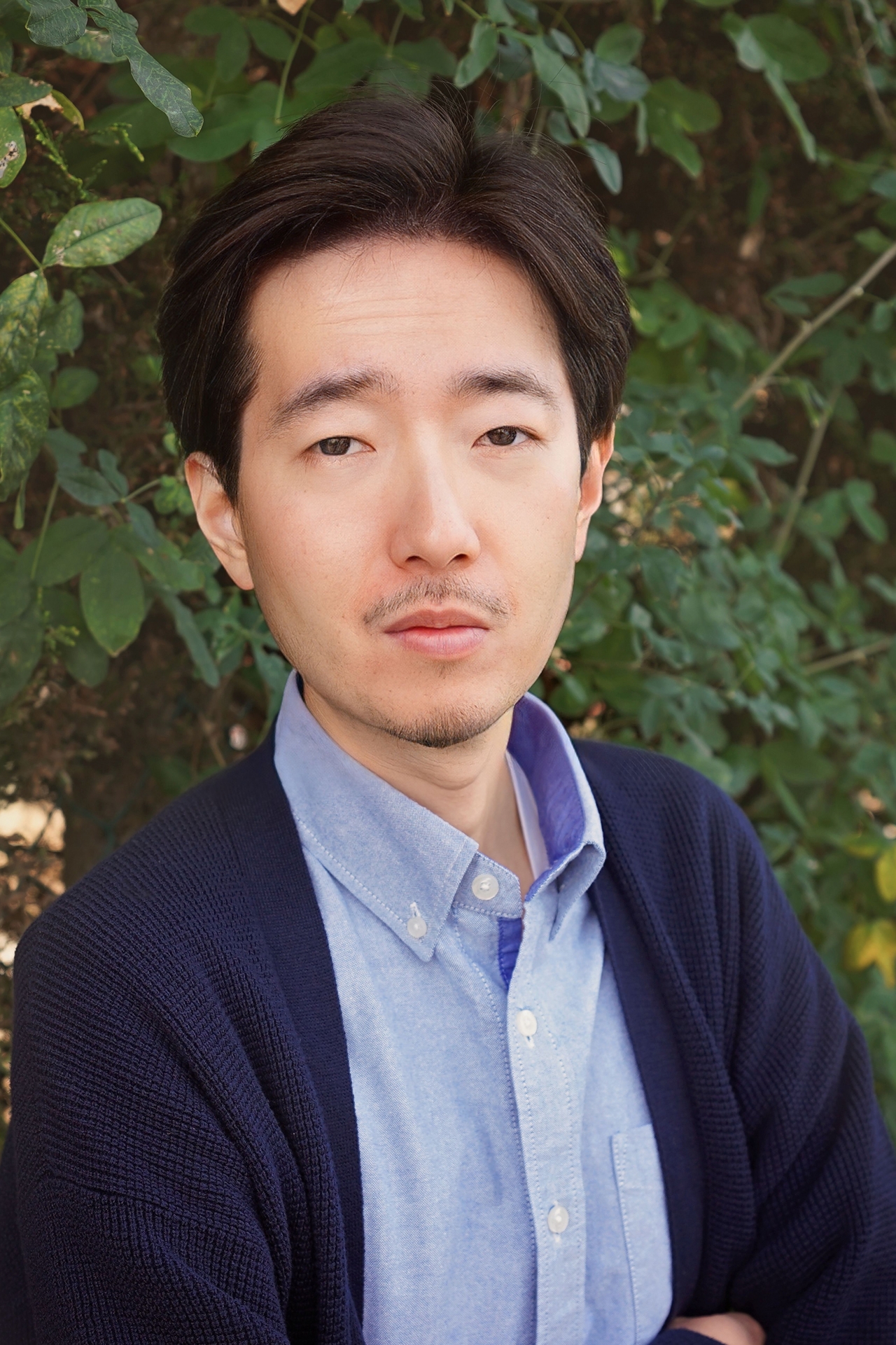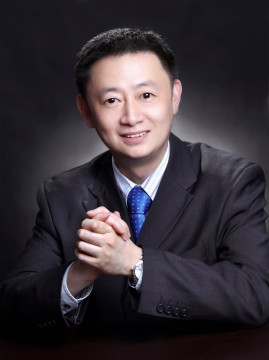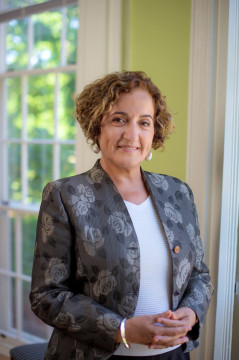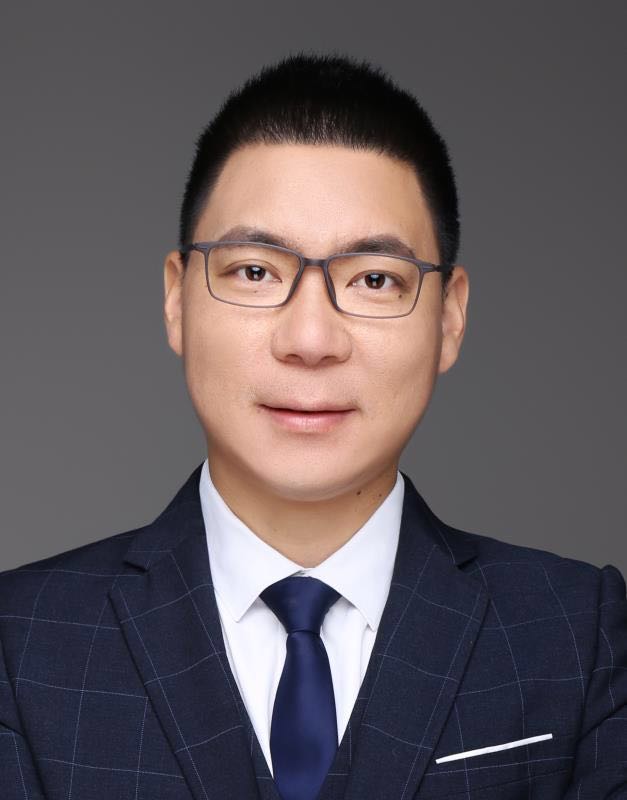Scientific Program
You can update your brief biography and profile picture on the [My Profile] page.
- Session TrackBiomaterials for pre-clinical and clinical translation
- Session TitleTranslation of bioactive ceramics from bench to bedside and emerging technologies for patient specific approaches
- Session CodeSP-T08-0259
- Date & Time / RoomMay 29 (Wed) 13:40~15:10 / Room 320-A
- Organizer
-
Christine Knabe (Philipps University Marburg, Germany)
- Chair
-
Ahmed El-Ghannam (University of North Carolina at Charlotte, USA)
Min Wang (Department of Mechanical Engineering, The University of Hong Kong, Hong Kong SAR, China)
- Keynote Speaker
-
13:40~14:05 : Bioactive calcium alkali phosphate bone grafts enhance osteogenesis and facilitate bone repair in vivo – Translational research in oral implantology Christine Knabe (Philipps University Marburg, Germany)
- Oral Presenter
-
14:05~14:15 : Long term stability and functionality of regenerated bone induced by SCPC resorbable bioactive graft Ahmed El-Ghannam (University of North Carolina at Charlotte, USA)
14:15~14:25 : In vivo analysis of Porous Bioactive Silicon Carbide Scaffold for Craniofacial Bone Augmentation RANDA ALFOTAWI (King Saud University, Saudi Arabia)
14:25~14:35 : Nanoscale 3D Printing of Bioceramics Iman Roohani (University of Sydney, Australia)
14:35~14:45 : Effect of interfacial energy on the mechanical properties of ZrO2-SiO2 glass-ceramics Huasi Zhou (Uppsala University, Sweden)
- Session TrackBiomaterials for pre-clinical and clinical translation
- Session TitleBiomaterials Interventions in Aging Around the World
- Session CodeSP-T08-0264
- Date & Time / RoomMay 27 (Mon) 16:30~18:00 / Room 320-A
- Organizer
-
Liisa Kuhn (University of Connecticut Health Center, USA)
- Chair
-
Liisa Kuhn (University of Connecticut Health Center, USA)
- Keynote Speaker
-
16:30~16:55 : Biomaterial interventions in aging of the musculoskeletal system Stuart Goodman (Stanford University, USA)
- Invited Speaker
-
16:55~17:10 : From 3D bioengineered Models to Therapeutic Solutions: Senescence in Musculoskeletal Disease Okhee Jeon (Korea University, Korea, Republic of)
- Oral Presenter
-
17:10~17:20 : Local delivery of ruxolitinib modulates aged macrophage phenotype transitions and promotes aged bone healing Liisa Kuhn (University of Connecticut Health Center, USA)
17:20~17:30 : Microvesicles-hydrogel breaks the cycle of cellular senescence by improving mitochondrial function Senrui Liu (The first affiliation of Chongqing medical university, China)
17:30~17:40 : Optimization towards the tipping point of senescence induction: a method for a passageable, induced-senescent osteoprogenitor cell line for biomaterials research Travis Wallace (University of Connecticut Health Center (UConn Health), USA)
17:40~17:50 : Cell-Free Osteoarthritis Treatment with Sustained-Release of Chondrocyte-Targeting Exosomes from Umbilical Cord-Derived Mesenchymal Stem Cells to rejuvenate ageing chondrocytes Hongfu Cao (Sichuan university, China)
- Session TrackBiomaterials for pre-clinical and clinical translation
- Session TitleClinical and Pre-clinical Application of Biomaterials toward Next-Generation Medicine
- Session CodeSP-T08-0053
- Date & Time / RoomMay 31 (Fri) 9:30~11:00 / Room 315
- Organizer
-
Atsushi Mahara (Department of Biomedical Engineering, National Cerebral and Cardiovascular Center Research Institute, Japan)
- Chair
-
Atsushi Mahara (Department of Biomedical Engineering, National Cerebral and Cardiovascular Center Research Institute, Japan)
Yuji Teramura (Cellular and Molecular Biotechnology Research Institute (CMB), National Institute of Advanced Industrial Science and Technology, Japan)
- Keynote Speaker
-
9:30~9:55 : Enhancing kidney transplantation: Addressing ischemia-reperfusion injury through ex vivo cell surface engineering with a novel amphiphilic polymer Alireza Biglarnia (Lund University, Sweden)
- Invited Speaker
-
9:55~10:10 : Development of a high-hydrostatic pressure device for nevus tissue inactivation and dermal regeneration for the treatment of giant melanocytic nevus Naoki Morimoto (Department of Plastic and Reconstructive Surgery, Graduate School of Medicine and Faculty of Medicine, Kyoto University, Japan)
10:10~10:25 : Cell surface engineerinf for transplantation therapy Yuji Teramura (Cellular and Molecular Biotechnology Research Institute (CMB), National Institute of Advanced Industrial Science and Technology, Japan)
- Oral Presenter
-
10:25~10:35 : Hydrogel-delivery of stem cell-derived neurons to repair the injured adult cervical spine Vanessa Doulames (Stanford University, USA)
10:35~10:45 : Pre-clinical evaluation of a new class III biodegradable stent for the treatment of urethral stricture Yurena Polo Arroyabe (Polimerbio SL, Spain)
10:45~10:55 : Development and clinical application of biodegradable silk protein bone screw Yafei Feng (Xijing Hospital, China)
- Session TrackBiomaterials for pre-clinical and clinical translation
- Session TitleRegulatory science for the translation of biomaterials products
- Session CodeSP-T08-0311
- Date & Time / RoomMay 28 (Tue) 16:30~18:00 / Room 320-A
- Organizer
-
Kai Zhang (Sichuan University, China)
- Chair
-
Kai Zhang (Sichuan University, China)
Arthur J. Coury (Northeastern University, USA)
- Keynote Speaker
-
Kai Zhang (Sichuan University, China)
- Invited Speaker
-
16:55~17:10 : Regulatory Science for Medical Devices Suping Lyu (Medtronic Inc., USA)
- Oral Presenter
-
17:10~17:20 : A safe-by-design approach for medical implants Anniek Gielen (National institute of public health, Netherlands)
17:20~17:30 : Immunogenicity assessment for swim bladder-derived biomaterials Jing Liu (Institute of Biomedical Engineering, Peking Union Medical College, Chinese Academy of Medical Sciences, China)
17:30~17:40 : The research on key technology for evaluation of soft tissue wound repair materials LI NA (Si chuan university, China)
17:40~17:50 : A low-cost and open-source bio-multimaterial multinozzle 3D printer (BioMM3D) Jonathan Weiss (Stanford University, USA)
17:50~18:00 : Research Status of Nanomaterial Medical Devices and Discussion on Biological Evaluation SUN Lingxiao (Shandong Institute of Medical Device and Pharmaceutical Packaging Inspection, China)
- Session TrackBiomaterials for pre-clinical and clinical translation
- Session TitleBiomaterials for cardiovascular disease models and therapeutics
- Session CodeSP-T08-0071
- Date & Time / RoomMay 28 (Tue) 9:30~11:00 / Room 320-A
- Organizer
-
Ho-Wook Jun (University of Alabama at Birmingham, USA)
- Chair
-
Ho-Wook Jun (University of Alabama at Birmingham, USA)
Hun-Jun Park (The Catholic University of Korea, Seoul St. Mary Hospital, Korea, Republic of)
- Keynote Speaker
-
9:30~9:55 : Investigating heart development and disease using cardiac organoids Do-Sun Lim (Korea University, Anam Hospital, Korea, Republic of)
- Invited Speaker
-
9:55~10:10 : Pro-healing Nanomatrix Coated Stent Analysis in an In Vitro Vascular Double-Layer System and in a Rabbit Model Ho-Wook Jun (University of Alabama at Birmingham, USA)
10:10~10:25 : Therapeutic potential of 3D cardiac spheroids derived from human pluripotent stem cells for cardiac regeneration Hun-Jun Park (The Catholic University of Korea, Seoul St. Mary Hospital, Korea, Republic of)
10:25~10:40 : Bioengineering human vascular networks for therapeutic applications Juan Melero-Martin (Boston Children's Hospital, USA)
- Oral Presenter
-
10:40~10:50 : Preclinical Evaluation of Cell-Assembled Extracellular Matrix Sheets for Surgical Fallot’s Tetralogy Repair Fabien Kawecki (University of Bordeaux, Inserm BioTis U 1026, France)
10:50~11:00 : Development and characterization of a geometrically-tunable blood shunt for pediatric heart reconstruction Akari Seiner (Drexel University, USA)
- Session TrackBiomaterials for pre-clinical and clinical translation
- Session TitleUnderstanding the role of the immune system in tissue generation, repair, and wound healing
- Session CodeSP-T08-0074
- Date & Time / RoomMay 30 (Thu) 16:30~18:00 / Room 315
- Organizer
-
Erika Moore (University of Maryland, USA)
- Chair
-
Erika Moore (University of Maryland, USA)
- Keynote Speaker
-
Evan Scott (Northwestern University, USA)
- Invited Speaker
-
16:55~17:10 : Silicate nanoplatelet-based shear-thinning hydrogel for immunotherapeutic agent delivery Hanjun Kim (Korea University, Korea, Republic of)
- Oral Presenter
-
17:10~17:20 : Micro-computed tomographic imaging of foreign body giant cells in tissue engineering scaffold Lucia Baixauli-Marin (University of Oulu, Finland)
17:20~17:30 : Anatomical location and alloy composition-specific immune responses observed from metallic medical implants Jessica Stelzel (Johns Hopkins University, USA)
17:30~17:40 : Immunomodulation of fibroblast and keratinocyte cytokine response on transepithelial implants with peptide nanocoatings Daniel Moreno (International University of Catalonia, Spain)
17:40~17:50 : Anti-inflammatory function-enhancing engineered small extracellular vesicles promote temporomandibular joint regeneration Zhiling Zhang (Nankai University, China)
17:50~18:00 : Incorporating bone-derived extracellular matrix into macroporous microribbon scaffolds for bone regeneration Cassandra Villicana (Stanford University, USA)
- Session TrackBiomaterials for pre-clinical and clinical translation
- Session TitleClinical Translation of Biodegradable Materials
- Session CodeSP-T08-0385
- Date & Time / RoomMay 28 (Tue) 13:40~15:10 / Room 320-A
- Organizer
-
Huinan Liu (University of California, Riverside, USA)
- Chair
-
Huinan Liu (University of California, Riverside, USA)
Yufeng Zheng (Peking University, China)
- Keynote Speaker
-
13:40~14:05 : Technology Development and Translation of Citrate-Based Biomaterials Jian Yang (Westlake University, China)
- Invited Speaker
-
14:05~14:20 : Elastic biodegradable hydrogels for tissue repair Yi Hong (University of Texas at Arlington, USA)
14:20~14:35 : Magnesium Oxide and Magnesium Hydroxide Nanoparticles Disrupted Pseudomonas aeruginosa, Staphylococcus epidermidis, and Staphylococcus aureus Biofilms in vitro Patricia Holt-Torres (University of California, Riverside, USA)
14:35~14:50 : Preparation and biological evaluation of high strength and toughness degradable zinc alloys Lijing Yang (Ningbo Institute of Materials Technology & Engineering, Chinese Academy of Sciences, China)
- Oral Presenter
-
14:50~15:00 : Engineering Bioresorbable Implants and Composites for Medical Applications Huinan Liu (University of California, Riverside, USA)
15:00~15:10 : Biodegradable polymer stents for the treatment of Eustachian tube dysfunction Kerstin Lebahn (Rostock University Medical Center, Germany)
- Session TrackBiomaterials for pre-clinical and clinical translation
- Session TitleGelatin and collagen based biomaterials: advances towards pharmaceutical and clinical translation of tissue biofabrication
- Session CodeSP-T08-0171
- Date & Time / RoomMay 31 (Fri) 9:30~11:00 / Room 320-A
- Organizer
-
Jos Olijve (Rousselot Biomedical, Netherlands)
- Chair
-
Riccardo Levato (University Utrecht, Department of Biofabrication and Regenerative Medicine, Netherlands)
Jos Olijve (Rousselot Biomedical, Netherlands)
- Keynote Speaker
-
9:30~9:55 : Gelatin methacryloyl (GelMA): A versatile material for tissue engineering and regenerative medicine applications Ali Khademhosseini (Terasaki Institute, USA)
- Invited Speaker
-
9:55~10:10 : Enhancing performance as a corneal adhesive restorative material: Development of photocurable cornea-derived decellularized extracellular matrix hydrogels with gelatin methacryloy Juyoung Park (BioBricks, Korea, Republic of)
10:10~10:25 : Gelatin advances and clinical translation of tissue biofabrication, the endotoxin story. Jos Olijve (Rousselot Biomedical, Netherlands)
Kyung Min Park (Incheon National University, Korea, Republic of)
Hee-Gyeong Yi (Dept. of Convergence Biosystems Engineering/Chonnam National University, Korea, Republic of)
- Oral Presenter
-
10:55~11:05 : Lyophilized platelet concentrate collagen composite scaffold for hard tissue regeneration NURUL AIDA NGAH (Universiti Teknologi MARA, Malaysia)
11:05~11:15 : Advantages of photo-curable collagen-based cell-laden bioinks compared to methacrylated gelatin (GelMA) in digital light processing (DLP) and extrusion bioprinting Huimin Shi (Zhejiang University, China)
- Session TrackBiomaterials for pre-clinical and clinical translation
- Session TitleClinical application of biomaterials in Orthopaedic field
- Session CodeSP-T08-0198
- Date & Time / RoomMay 29 (Wed) 9:30~11:00 / Room 320-A
- Organizer
-
Ji-Hoon Bae (Department of Orthopaedic Surgery, Korea University Guro Hospital, Korea, Republic of)
- Chair
-
Hyung Bin Park (Gyeongsang National University, Korea, Republic of)
Hongsik Cho (1) Dept. of Orthopaedic Surgery, UTHSC-Campbell Clinic 2) VA Medical Center, USA)
- Keynote Speaker
-
Hongsik Cho (1) Dept. of Orthopaedic Surgery, UTHSC-Campbell Clinic 2) VA Medical Center, USA)
- Invited Speaker
-
9:55~10:10 : Development of Scaffold-free Three-dimensional Tendon Construct Using Mouse Tendon Cells Kyu Sang Joeng (McKay Orthopaedic Research Laboratory, Department of Orthopaedic Surgery, Perelman School of Medicine, University of Pennsylvania, USA)
10:10~10:25 : Clinical Application of Polydeoxyribonucleotide for Shoulder and Elbow Diseases Jung-Taek Hwang (Department of Orthopedic Surgery, Cuncheon Sacred Heart Hospital, Hallym University Medical College, Korea, Republic of)
- Oral Presenter
-
10:25~10:35 : Mechanical properties and bone regeneration ability of additively manufactured trabecular porous tantalum scaffolds Jiaxiang Wang (Qingdao University of Technology, China)
10:35~10:45 : In vivo studies of an innovative 3D printed device for articular cartilage regeneration Xinyu Li (Imperial College London, United Kingdom)
10:45~10:55 : Internal fixation with biodegradable high purity magnesium screw in the treatment of ankle fracture tianwei Zhang (Dalian university,China, China)
- Session TrackBiomaterials for pre-clinical and clinical translation
- Session TitleTranslation of nanoplatforms for surgical applications
- Session CodeSP-T08-0242
- Date & Time / RoomMay 30 (Thu) 16:30~18:00 / Room 320-A
- Organizer
-
Alicia El Haj (University of Birmingham, United Kingdom)
- Chair
-
Alicia El Haj (University of Birmingham, United Kingdom)
Mohd Fauzi MH Busra (Universiti Kebangsaan Malaysia, Malaysia)
- Keynote Speaker
-
16:30~16:55 : Using multidisciplinary science to drive healthcare innovations Molly Stevens (Imperial College London, United Kingdom)
- Invited Speaker
-
Ken Dawson (University College Dublin, Ireland)
17:10~17:25 : Antibacterial-coated collagen biomatrix for future use in diabetic wound care Mohd Fauzi MH Busra (Universiti Kebangsaan Malaysia, Malaysia)
17:25~17:40 : Development of Durable and Facile Anti-Biofouling Coating: Lynk Coating for Biomedical Implants Jungmok Seo (Yonsei Univ. / Lynk Solutec Inc., Korea, Republic of)
- Oral Presenter
-
17:40~17:50 : Silver/strontium co-incorporated mesoporous silica nanoparticles-loaded polylactic acid electrospun fibers for bone tissue engineering Zhang Yuhan (NWPU, China)
17:50~18:00 : Tumor ultrasound-switchable fluorescence imaging for pre-clinical applications Baohong Yuan (University of Texas at Arlington, USA)
18:00~18:10 : Nature-inspired nanoparticles for therapeutics and vaccine delivery Hao Song (Massachusettes Institute of Technology, USA)
- Session TrackBiomaterials for pre-clinical and clinical translation
- Session TitleOsteonecrosis: The Biology and Treatment with Implants, Biologics, and Cells
- Session CodeSP-T08-0248
- Date & Time / RoomMay 30 (Thu) 13:40~15:10 / Room 320-A
- Organizer
-
Lynne Jones (Johns Hopkins University School of Medicine, USA)
- Chair
-
Shin-Yoon Kim (Kyungpook National University, Korea, Republic of)
- Keynote Speaker
-
13:40~14:05 : Pathology, Diagnosis, and Clinical Aspects of Osteonecrosis: A Comprehensive Overview Nobuhiko Sugano (Osaka University Graduate School of Medicine, Japan)
- Invited Speaker
-
Seung-Hoon Baek (Kyungpook National University, Korea, Republic of)
14:20~14:35 : The use of cells and biologics for treatment of early stage ONFH Stuart Goodman (Stanford University, USA)
- Oral Presenter
-
14:35~14:45 : Composite elastin derivative-based hydrogel designed for promoting bone formation, vascularization, and innervation: In vivo evaluation in ectopic and heterotopic model Micaela ROQUE (Bioingénierie Tissulaire (BioTis), Université de Bordeaux - Inserm U1026, France)
14:45~14:55 : Engineering Bio-inspired Materials for Multicellular-Mediated Bone Regeneration Ching-Chang Ko (Ohio State University, USA)
14:55~15:05 : 3D printed synergistic graphene citrate composite scaffold for craniofacial bone reconstruction Mirae Kim (Northwestern University, USA)
- Session TrackBiomaterials for pre-clinical and clinical translation
- Session TitleCraniofacial tissues and implants
- Session CodeSP-T08-0107
- Date & Time / RoomMay 31 (Fri) 11:20~12:50 / Room 320-A
- Organizer
-
Do-Gyoon Kim (Ohio State University, USA)
- Chair
-
Do-Gyoon Kim (Ohio State University, USA)
Hiroshi Kamioka (Okayama University, Japan)
- Keynote Speaker
-
11:20~11:45 : Dental Implants: from titanium to zirconia Jung Suk Han (Seoul National University, Korea, Republic of)
- Invited Speaker
-
11:45~12:00 : Engineering Bio-inspired Materials for Multicellular-Mediated Bone Regeneration Ching-Chang Ko (The Ohio State University, USA)
12:00~12:15 : In vitro synthesis of artificial bone tissue that reproduces a three-dimensional hierarchical structure Takuya Matsumoto (Okayama University, Japan)
12:15~12:30 : Advances in mesenchymal stem cell spheroid research: Enhancing biological function and therapeutic potential in regenerative medicine Jun-Beom Park (The Catholic University of Korea, Korea, Republic of)
- Oral Presenter
-
12:30~12:40 : Potential of neodymium-Iron-boron magnets in aligner therapy Toru Deguchi (University of Louisville, USA)
12:40~12:50 : Promoting craniofacial regeneration using biomaterials and epigenetics Christine Hong (UCSF, USA)
- Session TrackBiomaterials for pre-clinical and clinical translation
- Session TitleUp-to-date technology in periodontal tissue engineering
- Session CodeSP-T08-0115
- Date & Time / RoomMay 30 (Thu) 9:30~11:00 / Room 320-A
- Organizer
-
Jeong-Ho Yun (College of Dentistry, Jeonbuk National University, Korea, Republic of)
- Chair
-
Jeong-Ho Yun (College of Dentistry, Jeonbuk National University, Korea, Republic of)
Takanori Iwata (Tokyo Medical Dental University, Japan)
- Keynote Speaker
-
9:30~9:55 : Various methods and effects of BMP application in tissue-engineered periodontal tissue and alveolar bone regeneration Jeong-Ho Yun (College of Dentistry, Jeonbuk National University, Korea, Republic of)
- Invited Speaker
-
9:55~10:10 : Periodontal regeneration with periodontal ligament-derived mesenchymal stromal cell sheets Takanori Iwata (Tokyo Medical Dental University, Japan)
10:10~10:25 : Periodontal tissue regeneration by transplantation of autologous adipose tissue-derived multi-lineage progenitor cells Masahide Takedachi (Osaka University Dental Hospital, Japan)
10:25~10:40 : Multifunctional barrier membrane systems for periodontal tissue regeneration Josephine Wong (Collagen Solutions, United Kingdom)
- Oral Presenter
-
10:40~10:50 : A hybrid 3D printed scaffold loaded with macrophages for immune-mediated periodontal regeneration Jinhui Huang (Kunming Medical University, China)
- Session TrackBiomaterials for pre-clinical and clinical translation
- Session TitleClinically relevant dental biomaterials
- Session CodeSP-T08-0116
- Date & Time / RoomMay 27 (Mon) 14:40~16:10 / Room 320-A
- Organizer
-
Jae-Sung Kwon (Yonsei University College of Dentistry, Korea, Republic of)
- Chair
-
Jae-Sung Kwon (Yonsei University College of Dentistry, Korea, Republic of)
James Tsoi (Hong Kong University, Hong Kong SAR, China)
- Keynote Speaker
-
14:40~15:05 : Titania Nanotube Applications in Dentistry: Innovations and Perspective Seung Han Oh (Wonkwang University, Korea, Republic of)
- Invited Speaker
-
15:05~15:20 : Colourization of zirconia using photons James Tsoi (Hong Kong University, Hong Kong SAR, China)
15:20~15:35 : Developing symbiotic bio-interaction with dental materials for oral health improvement Utkarsh Mangal (Yonsei University College of Dentistry, Korea, Republic of)
- Oral Presenter
-
15:35~15:45 : Urchin-like fluorohydroxyapatite coating on sulfonated PEEK implants with antimicrobial activity and osseointegration properties Ning Huang (College of Stomatology, Shanghai Jiao Tong University; Shanghai Ninth People's Hospital, Shanghai Jiao Tong University School of Medicine, China, China)
15:45~15:55 : Particle release from dental implants and the potential of bioactive glass in implant dentistry Siwei Li (VSS Academy Training and Education Ltd, Imperial College London, United Kingdom)
15:55~16:05 : Enhancing osteogenesis and bacteriostatic properties through a strontium-doped coating inspired by mussel byssus cuticle Jinsong Liu (Wenzhou Medical University, China)
16:05~16:15 : Self-Assembling Antimicrobial Titanium Implant Coatings for Enhanced Osseointegration Zhou Ye (The University of Hong Kong, Hong Kong SAR, China)
- Session TrackBiomaterials for pre-clinical and clinical translation
- Session TitleBiomaterials in Stomatology Application and Clinical Translation
- Session CodeSP-T08-0243
- Date & Time / RoomMay 29 (Wed) 16:30~18:00 / Room 320-A
- Organizer
-
Xinquan Jiang (College of Stomatology, Shanghai Jiao Tong University, China)
- Chair
-
Xinquan Jiang (College of Stomatology, Shanghai Jiao Tong University, China)
Hala Zreiqat (Biomaterials and Tissue Engineering Research Unit, School of Biomedical Engineering, Faculty of Engineering University of Sydney, Australia)
- Keynote Speaker
-
16:30~16:55 : New strategies for oral and maxillofacial tissue regeneration and it’s translation application Xinquan Jiang (College of Stomatology, Shanghai Jiao Tong University, China)
- Invited Speaker
-
16:55~17:10 : Revolutionizing Bone Tissue Regeneration: Innovations in Nanostructured 3D-Printed Biomaterials for Personalized Healing and Anti-Senescence Strategies Hala Zreiqat (Biomaterials and Tissue Engineering Research Unit, School of Biomedical Engineering, Faculty of Engineering University of Sydney, Australia)
17:10~17:25 : Design and fabrication of silk fibroin biomaterials for dental medicine Shengjie Ling (Shanghaitech University, China)
- Oral Presenter
-
17:25~17:35 : Hybrid dental biomaterials comprise hDPSC potential for dental pulp regeneration Azam Ali (University, New Zealand)
17:35~17:45 : Development of a multifunctional chitosan-catechol-based hydrogel for in situ dental applications Maud Viallon (Laval University, Canada)
17:45~17:55 : Concept, synthesis, and bio-evaluation of biostable and clinically-translatable dental restoratives Zach Gouveia (University of Toronto, Canada)

 1
1 


